Of all the global trends exacerbated by Covid, the demise of the necktie is probably not the most important. It is, however, worth noting — because the way we dress tells us a lot about who we are.
The tie has been on the retreat as a quintessential item of the male wardrobe for the past 30 or so years. Thanks to all that working from home, it is now at the edge of imminent extinction: soon it will be worn only by eccentrics, dictators or eccentric dictators. The worker bees have returned to their office hives, but on the whole their ties have not come with them.
It cannot be chance that the decline of the tie has coincided with the erasure of everything it once meant to be a man. Masculinity is considered toxic. The tie is being cancelled. You don’t need to be a Freudian to grasp the significance of this.
Not so long ago, almost every British male wore a tie: schoolboys, shopkeepers, bus drivers, policemen, bank clerks, GPs. The history teacher’s was stained with soup. It was unthinkable to leave the house without one. President Clinton would greet guests at the White House by complimenting them on their tie. (For what it’s worth, when Jeffrey Epstein visited he wore a curious dark number with faintly sinister reddish circles.)
The tie has long been a signifier of purpose, self-discipline and authority. Even conformity. Yet these are now considered old-fashioned. Indeed, one by one, all have been progressively degraded and consigned to history’s rag bin.
The initial decline of the tie can be dated rather closely to the wave of pop-feminism that followed the Swinging Sixties. As feminism morphed into political correctness, and political correctness became the official ideology of the academy, business, government and cultural institutions, male roles and men themselves began to lose respectability. The patriarchy was being dismantled. It was no longer subject to discussion.
With the fall of masculinity came the change of dress codes. The snazzy suits you used to see marching into City banks turned into open-neck shirts, chinos and blazers. As the years went by, women flirted with the feminine ‘power suit’, but it was always too imitative of male fashion to ever establish itself as a major progressive trend. Far better to make men dress like louts than make women dress like men.
Political correctness in turn warped into wokeness and intersectionalism. Men, especially privileged men, began to be blamed for everything. And so they ran, hid and finally surrendered. As a visible sign of submission, they also stopped wearing ties. What got lost was an important point about male formality more broadly: dressing sharply is an egalitarian act. Granted, you can have cheap suits and expensive suits, tasteful ties and ugly ties, but the universality of jackets and ties made them a great leveller. The sense of obligation to wear a tie applied to an estate agent as much as to a lord.
That’s now gone, and the virus looks like the final blow. Consultants in the NHS who used to delight in their tailoring and neckwear have been told to stop wearing ties because they can spread infection. On Zoom, where nobody knows if you’re wearing trousers, the tie is superfluous.
Ties do remain popular with dictators. Putin wears one, when he is not bare-chested at least. Xi almost always wears one. Macron, perhaps more of a wannabe dictator, seems only to wear a black one, which makes him look like a funeral director. Other presidents and senior politicians still wear ties, but not always. Boris’s ties are often badly knotted and he tends to wear a generous length. They sometimes tumble down to the crotch. So do Donald Trump’s. Perhaps, for all their apparent carefreeness, both men know that a long necktie used to be considered an aristocratic touch.
But most men now think the tie fussy and over the top. The once ubiquitous Tie Rack, which had 450 shops in the 1990s, began closing the last of them in 2013, after years of efforts to diversify into other fashion accessories. The departing chief
of the army, General Sir Nick Carter, recently gave a television interview in a uniform without a tie.
Could there be a swing back towards more formal or exuberant dressing as the virus fades? A century ago the Spanish flu gave way to the Roaring Twenties, which prompted a renaissance for neckwear, including the notorious kipper tie beloved of gangsters and showmen.
My Canadian confrère Mathieu Bock-Côté, a columnist for Le Journal de Montréal, says that he was happy to dress like an eternal student until he lost a lot of weight and bought several new suits. His epiphany has been to discover that he enjoys dressing like a grown-up. ‘Wearing a suit and tie — masculine elegance — is not just a fad for a flirtatious swagger,’ he says. ‘It’s a way of standing upright, of presenting yourself to the world, and of finding the charm of existence in an arrangement of codes and details that make life beautiful, one tie at a time.’
I think it’s even more than that. If men were to smarten up and stop lounging around in ‘activewear’, perhaps we could hold our heads higher and resist the tendency to portray us as mere sexually incontinent slobs. Perhaps, too, we would treat ourselves and others with more decency and respect. It is the ties that bind us, after all.
Got something to add? Join the discussion and comment below.
Get 10 issues for just $10
Subscribe to The Spectator Australia today for the next 10 magazine issues, plus full online access, for just $10.
You might disagree with half of it, but you’ll enjoy reading all of it. Try your first month for free, then just $2 a week for the remainder of your first year.


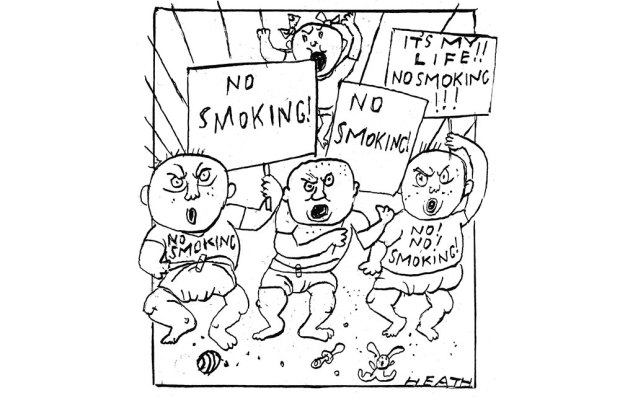
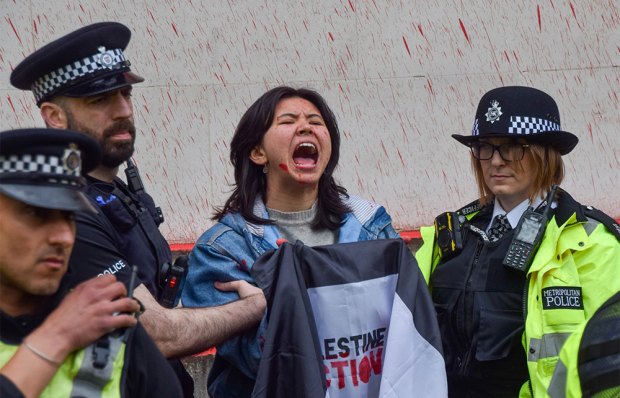
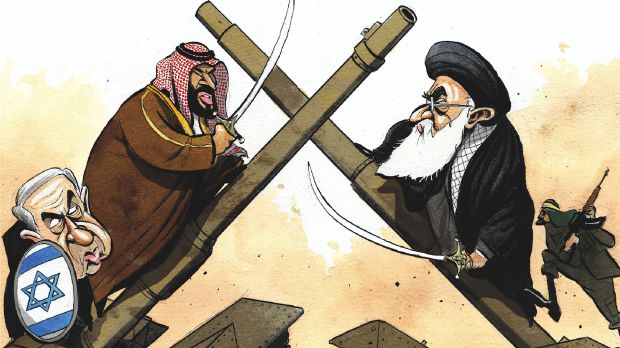
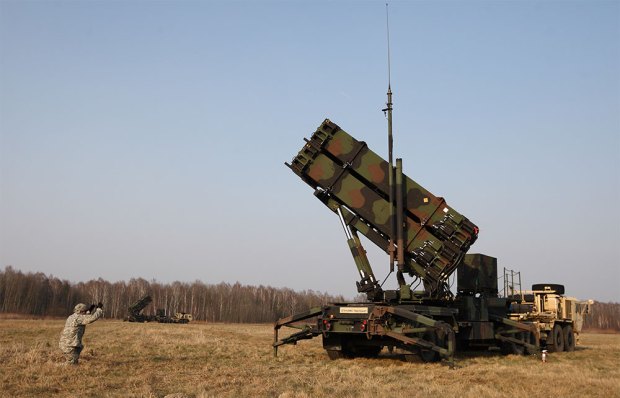
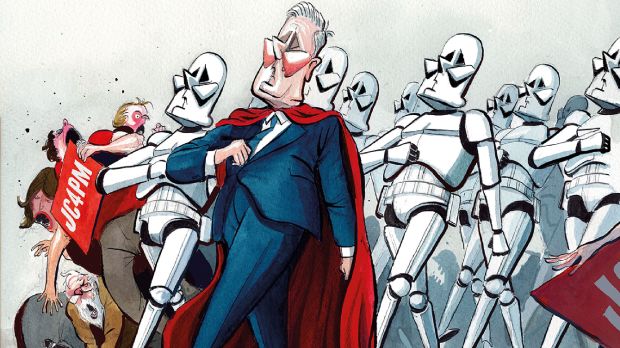
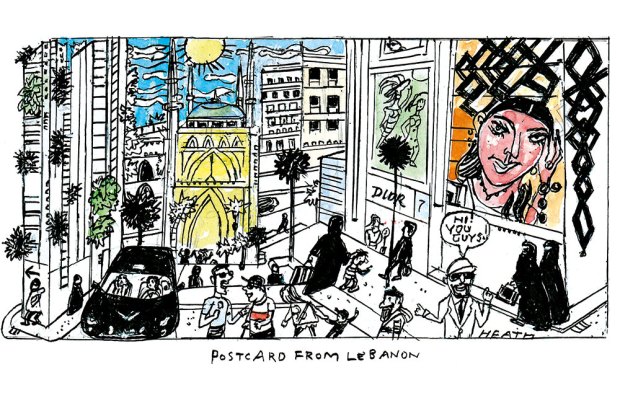






Comments
Don't miss out
Join the conversation with other Spectator Australia readers. Subscribe to leave a comment.
SUBSCRIBEAlready a subscriber? Log in